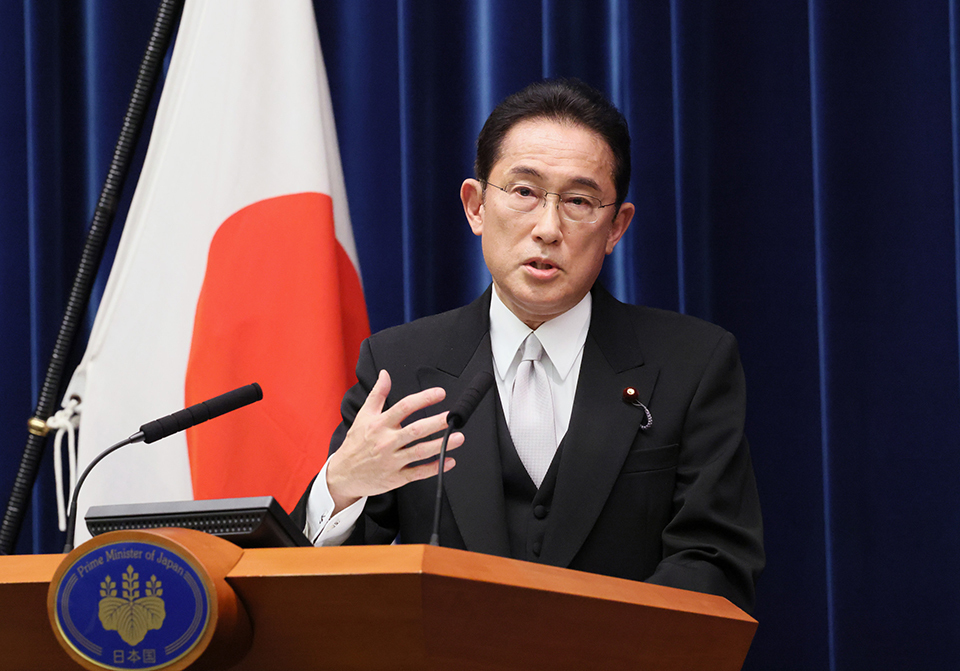TOKYO, Aug 9 : Japanese Prime Minister Fumio Kishida has cancelled an official visit to Kazakhstan due to the threat of an earthquake in the Nankai Trough south of Japan, the Kazakh Foreign Ministry told Sputnik on Friday.
On August 9, the first summit of the Central Asia-Japan Dialogue was scheduled to be held in Astana. Bilateral talks between Kazakh President Kassym-Jomart Tokayev and Kishida were scheduled for August 10.
“According to the Japanese embassy, in connection with the earthquake in their country, it was decided to cancel the visit of Prime Minister Fumio Kishida to Kazakhstan,” the ministry said.
On Thursday, a 7.1-magnitude earthquake struck at 4:43 p.m. local time (07:43 GMT) in the Hyuga Nada area off the southeastern coast of Japan’s Kyushu island at a depth of 30 kilometres (18.6 miles), prompting authorities to issue tsunami advisories. The earthquake caused the temporary suspension of high-speed trains. Japanese media reported the partial destruction of houses and rock collapses in Kyushu.
Later in the day, the Japan Meteorological Agency issued an alert warning of an increased probability of a megathrust earthquake around the Nankai Trough, which runs along the bottom of the Pacific Ocean from the Japanese prefecture of Shizuoka to the islands of Shikoku and Kyushu.
Residents of the Japanese city of Osaka began stocking up on bottled water and long-life food after seismologists announced an increased risk of a powerful earthquake in the Nankai Trough that could kill up to 320,000 people, but there is no visible panic among people, a Sputnik correspondent reported.
There is no panic buying of certain types of goods, as was the case, for example, during the coronavirus pandemic with toilet paper, but some shelves are empty, which shows that people have considered the warning, the correspondent reported. Pasta, cooked rice, instant noodles, vitamin jelly, and bakery products were particularly in demand, the report read.
No specific dates are being discussed for when the disaster may hit the region and the need for citizens to evacuate in advance, but it is important to check preparedness for an earthquake, Kishida told reporters.
“We ask the public to understand this information accurately, so that during the summer vacation period… to continue social and economic life, but during the week to check if furniture is secured, ways to evacuate safely, means of communication between family members, prepare for an earthquake, and, if it happens, to be able to evacuate quickly,” the official said.
Since the beginning of last year, the Japanese media have been increasingly predicting the likelihood of a major earthquake along the Nankai Trough. The previous megathrust earthquake on this fault occurred in 1946. Experts say that historically, strong earthquakes on the Nankai Trough have occurred once every 100?150 years. In a worst-case scenario, the death toll could reach 320,000, and the number of injured could exceed 620,000. Nearly 9.5 million people would be forced to evacuate. (UNI)


